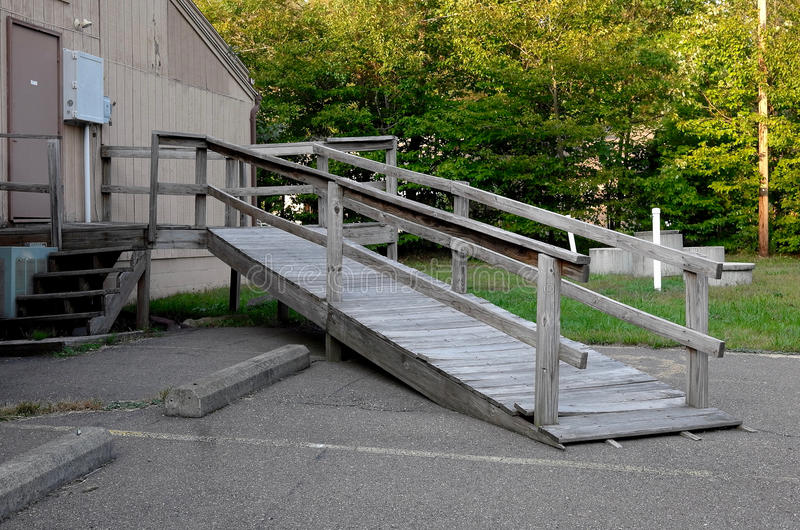Warped Wood
Have you ever noticed that wood doors are a little harder to shut during the summer time? That’s because wood expands in warmer weather. And in winter months, the wood condenses, thanks to the cold weather that rolls in. When the wood is indoors, this isn’t a major issue, but when it’s outdoors, exposed to the elements and is being utilized to create a structure such as a ramp, this can present some major problems. When the wood is in contact with moisture in the air it can warp, creating inconsistencies in the boards. This issue is particularly prominent in humid climates along coastlines.
After wood gets wet, it dries at different rates. Wood that dries faster also shrinks faster, creating a variety of shapes that do not necessarily allow for safe access. The ends can pop up, the boards can completely twist, or they will round out altogether making an obstacle course out of the ramp.
Rotten Wood
Specific conditions must be present in order for wood to rot: oxygen, warmth, and moisture. When these elements come into play, fungi can plant itself on the wood and suck the life out of it.
This is particularly dangerous because the rot can compromise the integrity of the structure and it may not be able to handle the weight that it was originally built to support. Check the safety of your wood ramp regularly by looking for:
- Localized fungi growth
- Soft and spongy surface, with a darker ring around affected wood
- Dry, cracked areas (could possibly crumble to the touch)
- Damp, musty smell
Loose Nails
Both conditions above can cause nails and screws to come loose in the wood, which creates a variety of safety hazards. When nails pop up, they can cause individuals to trip, pop a wheelchair tire, or even cut someone. If the nail became loose due to warped wood in a wet environment, there is also a possibility that rust was present.
If a nail becomes loose or even worse, goes missing, this can also decrease the structural integrity of the ramp. Look for the following signs that nails are a potential hazard for a ramp:
- Corroded nails
- Nailhead “standing out”
- Missing nails
- Rickety railings or board
Other materials that can be used for an access ramp include aluminum, steel, and concrete.
We recommend aluminum as it requires the least amount of maintenance in the long run, and is not at risk for deterioration once installed. An aluminum ramp provides far more safety than other materials available and ends up being less expensive long-term after figuring in installation, labor, labor permits, and maintenance costs that are associated with other ramp material options.

